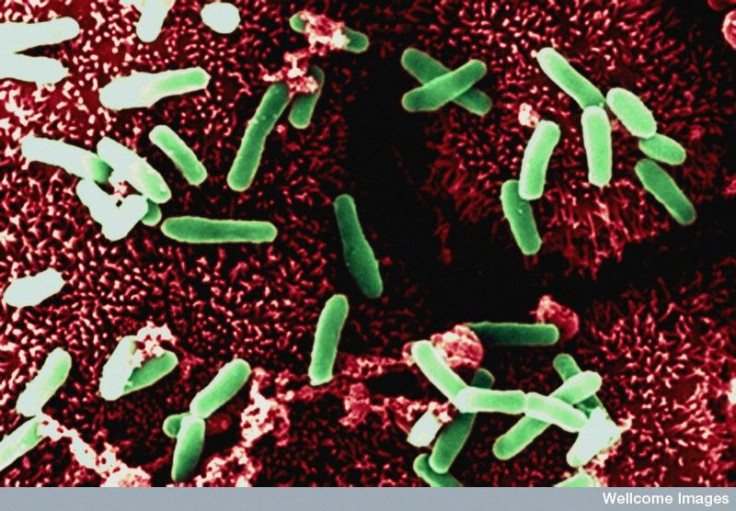Antibiotic-Resistant Bacteria Much More Prevalent Than CDC Estimates: Can Scientists Stop The New Superbugs?

The prevalence of antibiotic-bacteria in the U.S. is significantly higher than the Center for Disease Control and Prevention (CDC) estimated in a 2008 report, according to a new study published in the journal of the American Society for Microbiology. The study shows that antibiotic-resistant superbugs like K. pneumonia, which kept National Institutes of Health (NIH) facilities on high alert last year, are much more common than the government agency first thought, particularly in environments like hospitals and nursing homes.
Scientists at the Los Angeles Biomedical Research Institute showed that resistance rates of K. pneumonia, E. coli, and A. baumaannii given in the 2008 report were off by as much as 39 percentage points.
Antibiotic-Resistant Superbugs In 2008 And 2013
K. pneumonia, which killed seven of the 18 patients it infected at the NIH's Clinical Center in Maryland last year, was thought to have a resistance rate of about 15 percent in 2008. However, new estimates suggest that somewhere between 20 and 25 percent of the bacteria are resistant to antibiotics.
A. baumaannii, which causes pneumonia and blood infections, was among the most underestimated superbugs. While the CDC initially gave the resistance rate as 11 percent, the new report puts it at 50 percent or higher.
However, study author Brad Spellberg stresses that the CDC is not trying to underestimate the problem, and that the figures are somewhat unsurprising.
"We're going to continue to have increasing deaths caused by untreatable infections. It's not rocket science," Spellberg told VICE. He noted that without the development and diversification of antibiotic mechanisms of action, the resistance rate is bound to increase.
"One of the nice things about Darwinian evolution is it's predictable. When you apply selective pressure with antibiotics, some of the bacteria adapt and then you've got resistance," he added.
Spellberg also suggests that the prevalence of antibiotic resistant superbugs in hospitals and nursing homes is a no-brainer, as extensive, homogenous treatment programs promotes mutations and stronger strains.
"It's exactly what you think would happen-when you dump antibiotics into these people, you're going to breed out resistant bacteria," he explained. "That's why hospitals are the epicenter for the pan-resistant stuff."
Antibiotic-Resistant Superbugs: Who's To Blame?
The forces of evolution aside, factors on the human side also help promote the proliferation of antibiotic-resistant superbugs, with the Food and Drug Administration (FDA) problematizing the approval of new types of drugs. Clinical trials, for example, are usually delayed by bureaucratic requirements.
"If you have a sick patient, you can't sit them there for six hours while you try to get them into a trial," Spellberg said. "Some of these trials were completely unenrollable."
And in the end, there's always the question of profitability: why would a pharmaceutical company go through the pains of developing a new drug without a firm market?
Evolution, it seems, is not solely responsible for the surge in antibiotic-resistant super bugs; and until the bureaucratic and incentive issues are resolved, these strains of drug-resistant bacteris will only become more prevalent.
Published by Medicaldaily.com



























